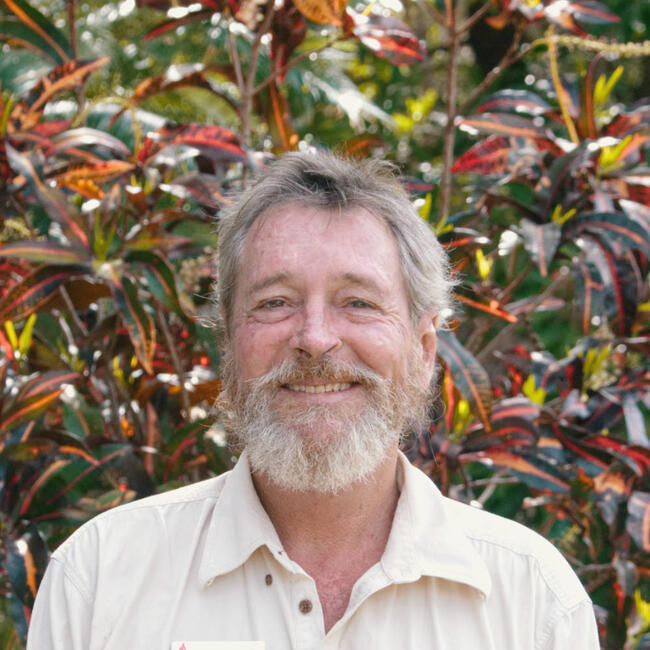Land managers from northern Cape York, in a vast area spanning from the western to the eastern coast, came together in July this year to plan a coordinated burn in order to reduce the risk of wildfires. This collaborative project brought together land managers from across the Embley, Mission, Wenlock, Olive and Pascoe catchments.
More than 20 people attended the planning meeting held at Moreton Telegraph Station on 30 June to develop a fire plan and discuss the coordination of resources to implement prescribed burns. This is the fourth year that this group of stakeholders has met, representing a range of tenures including National Parks (Cape York Peninsula Aboriginal Land), mining leases, wildlife reserves and pastoral properties.
Many participants also have savanna burning carbon projects, which aim to reduce the frequency and extent of late dry season fires, resulting in fewer greenhouse gas emissions being released.
A variety of vegetation types are also represented across this landscape, including forests on the eastern Cape which provide habitat for the endangered southern cassowary.
The impact of Cyclone Trevor in March 2019 has left a large amount of fuel in this area, and there were community concerns, that without early burning operations in 2020, there was a risk of a single large wildfire burning through the whole landscape.
Cape York NRM funded the regional fire planning workshop, and supported burning operations for those land managers without savanna burning carbon projects. This funding was provided from donations and other sources as part of our not-for- profit public fund. Combined with contributions from each of the participants, 5,000 kilometres of helicopter support and just over 6,000 incendiaries were used over a three week period as part of the coordinated early burn program.
It is hoped that collaborative planning and implementation will result in fire breaks which will successfully reduce or prevent the impact of wildfire later this year.
Thank you to Lana Polglase and Daryl Killin (Natural Carbon) for their contributions to the project.


